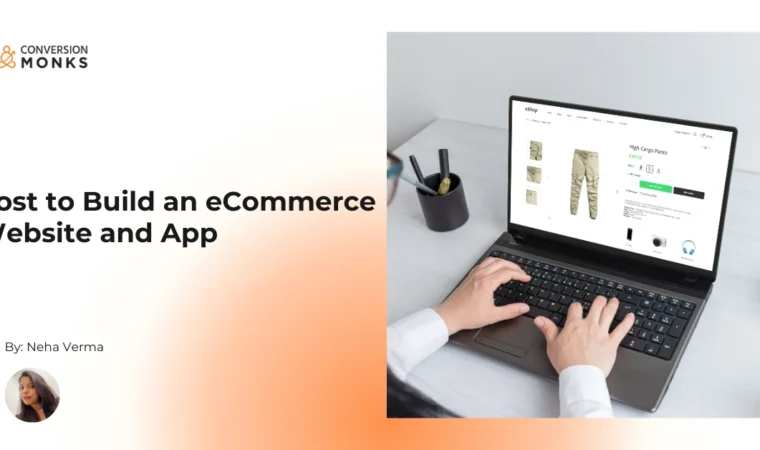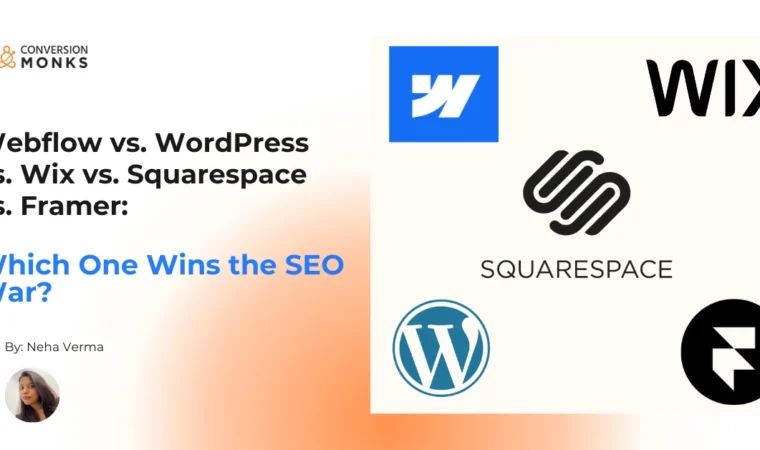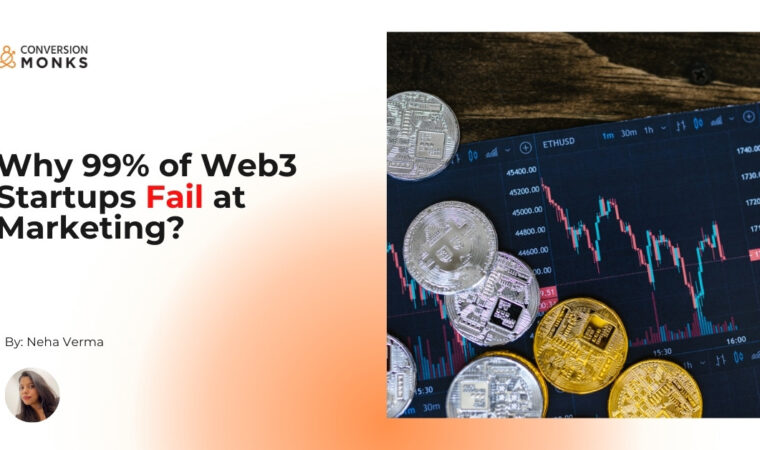How Much Does It Cost to Build an eCommerce Website and App? A Detailed Breakdown
The eCommerce industry is growing at an unprecedented rate, with global online sales projected to reach $8.1 trillion by 2026 (Statista). Businesses looking to tap into this market must invest in a well-designed eCommerce website and mobile app to stay competitive. However, the cost of development varies significantly depending on technology stack, features, development approach, and third-party expenses. Many businesses underestimate the real cost of eCommerce development due to hidden expenses like hosting, payment gateway fees, security compliance, and maintenance. This guide provides a detailed cost breakdown based on outsourcing to India, covering website and app development, third-party costs, outsourcing vs. in-house development, and ongoing maintenance expenses. The Rise of eCommerce and Emerging Business Verticals eCommerce is evolving, and new business models are reshaping the industry: 1.1 Social Commerce Social commerce—selling directly on platforms like Instagram, TikTok, and Facebook—is expected to reach $1.2 trillion by 2025 (Accenture). 1.2 AI-Powered Personalization AI-driven eCommerce platforms use machine learning for product recommendations, chatbots, and dynamic pricing, increasing conversion rates by up to 30% (McKinsey). 1.3 Subscription-Based eCommerce Subscription models are gaining popularity, with the market set to reach $904 billion by 2026. Brands like HelloFresh and Dollar Shave Club have leveraged this model successfully. 1.4 Voice Commerce and Conversational Shopping With over 8.4 billion voice assistants expected by 2024, voice commerce is a fast-growing trend. eCommerce Website Development: Cost Breakdown by Technology Stack The cost of an eCommerce website depends on the technology stack and level of customization. Technology Stack Best For Development Cost (India) Subscription & Hosting Costs Shopify Small to mid-size businesses $2500 – $5,000 $29 – $299/month WooCommerce (WordPress) Small businesses $1500 – $4,000 $5 – $50/month Magento (Adobe Commerce) Mid-size to large enterprises $5,000 – $20,000 $200 – $1,000/year Custom-built (React, Laravel, Node.js) Large enterprises & startups $8,000 – $50,000+ $50 – $500/month 2.1 Basic vs. Advanced eCommerce Website Features Feature Category Basic Features (Lower Cost) Advanced Features (Higher Cost) User Accounts & Profiles Standard login/signup Social logins, multi-user roles Product Catalog & Search Basic product listing AI-powered search, filters, 3D previews Shopping Cart & Checkout Standard checkout One-click checkout, guest checkout Payment Gateway Integration PayPal, Stripe Cryptocurrency payments, BNPL (Buy Now Pay Later) AI-Powered Personalization None Personalized recommendations based on behavior Chat Support Live chat AI chatbots, multilingual support Security & Compliance SSL encryption PCI DSS compliance, GDPR compliance eCommerce Mobile App Development: Cost Breakdown A mobile app enhances customer experience, retention, and sales conversions. Costs depend on complexity and features. App Development Cost Based on Complexity App Type Features Cost Estimate (India) Development Time Basic App Product listing, cart, checkout $5,000 – $15,000 2-4 months Mid-Level App Push notifications, wish lists, analytics $15,000 – $30,000 4-6 months Advanced App AI chatbots, AR shopping, multi-vendor marketplace $30,000 – $80,000 6-12 months Hidden Third-Party Costs Many Agencies Do Not Disclose Many agencies do not reveal the additional costs associated with eCommerce development: In-House Development vs. Hiring an eCommerce Agency Criteria Hiring an Agency (India) Building an In-House Team Cost Fixed pricing, lower long-term cost High payroll and infrastructure costs Expertise Experienced developers, UX/UI designers, and marketing specialists Limited expertise Time to Market 3-6 months 12+ months Scalability Easily scalable Requires hiring and training Maintenance & Support Continuous support Additional overhead costs Why Work with an Agency That Has Marketing Capabilities? A great eCommerce website or app must not only function well but also drive conversions. Agencies with marketing expertise optimize for: A well-optimized eCommerce platform can increase revenue by up to 40% compared to one developed without a marketing strategy. Ongoing Maintenance and Support Costs Maintenance is essential for security, performance, and feature updates. Service Annual Cost Estimate (India) Bug Fixes & Updates $300 – $5,000 Hosting & Security $50 – $2,000 Marketing (SEO, PPC, Social Ads) $500 – $20,000 Customer Support & AI Chatbots $1,000 – $5,000 Conclusion: Why a Strategic Approach to eCommerce Development Matters Building a successful eCommerce business requires more than just a functional website or app. A well-planned strategy that includes optimized user experience, AI-powered personalization, and data-driven marketing ensures long-term profitability. At Conversion Monks, we specialize in: For a tailored consultation on building a high-performing eCommerce platform, contact Conversion Monks today.





